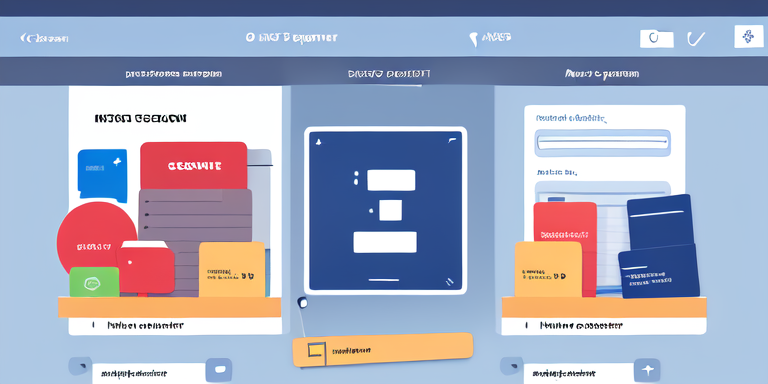Steps for Verifying iOS In-App Purchase Receipts
2015-06-30 09:30 (10 years ago)
ytyng

Processing on iOS Devices
In SKPaymentTransactionObserver's
- (void)paymentQueue:(SKPaymentQueue *)queue updatedTransactions:(NSArray *)transactions
If transaction.transactionState == SKPaymentTransactionStatePurchased is reached, it means the transaction with Apple has been completed. (transaction is an element of transactions)
#pragma mark - SKPaymentTransactionObserver
- (void)paymentQueue:(SKPaymentQueue *)queue updatedTransactions:(NSArray *)transactions {
for (SKPaymentTransaction *transaction in transactions) {
switch (transaction.transactionState) {
case SKPaymentTransactionStatePurchasing:
// Purchasing process
...
break;
case SKPaymentTransactionStatePurchased:
// Purchase complete
[queue finishTransaction:transaction];
[self purchaseProcedure:transaction];
break;
case SKPaymentTransactionStateFailed:
// Purchase failed
...
[queue finishTransaction:transaction];
break;
case SKPaymentTransactionStateRestored:
// Purchase restored
...
[queue finishTransaction:transaction];
break;
default:
// Leave alone
[queue finishTransaction:transaction];
break;
}
}
}
Upon purchase completion, send the receipt to the server for processing.
There are two types of logs to send to the server:
- (void)purchaseProcedure:(SKPaymentTransaction *)transaction {
NSURL *receiptURL = [[NSBundle mainBundle] appStoreReceiptURL];
NSData *receiptData = [NSData dataWithContentsOfURL:receiptURL];
NSString *base64receiptData = [receiptData base64EncodedStringWithOptions:0];
// Deprecated, but send it just in case
NSString *base64TransactionReceipt = [transaction.transactionReceipt base64EncodedStringWithOptions:0];
Thus, we can create the following strings:
- base64receiptData (hereafter referred to as receiptData)
- base64TransactionReceipt (hereafter referred to as transactionReceipt)
Send these to the server along with transaction.transactionIdentifier.
Server-side Processing
When the server receives these receipt details, it will request Apple for validation.
The code for the receipt validation request looks like this (Python):
import requests
import json
class AppleReceiptVerifyStatusError(Exception):
pass
class AppleReceipt(object):
@staticmethod
def verify_request(receipt_data):
url = 'https://buy.itunes.apple.com/verifyReceipt'
data = {'receipt-data': receipt_data}
headers = {'Content-type': 'application/json', 'Accept': 'text/plain'}
r = requests.post(url, data=json.dumps(data), headers=headers)
# print(r.content)
if r.status_code == 200:
parsed = json.loads(r.content.decode('utf-8'))
if parsed['status'] == 21007:
// It was a test environment transaction
return AppleReceipt.verify_request_sandbox(receipt_data)
return parsed
else:
raise AppleReceiptVerifyStatusError(r.status_code)
@staticmethod
def verify_request_sandbox(receipt_data):
url = 'https://sandbox.itunes.apple.com/verifyReceipt'
data = {'receipt-data': receipt_data}
headers = {'Content-type': 'application/json', 'Accept': 'text/plain'}
r = requests.post(url, data=json.dumps(data), headers=headers)
# print(r.content)
if r.status_code == 200:
return json.loads(r.content.decode('utf-8'))
else:
raise AppleReceiptVerifyStatusError(r.status_code)
Validating receiptData
Replace ' ' with '+' in the receiptData received from the iOS device, and pass it to AppleReceipt.verify_request().
verify_result = AppleReceipt.verify_request(
post_data['receiptData'].replace(' ', '+'))
Check the following content in the returned verify_result:
- verify_result['status'] == 0
- verify_result['receipt']['in_app'] is an array with at least one element
For elements of verify_result['receipt']['in_app']:
- All elements' ['product_id'] should match the products of your app
One of the elements should satisfy the following condition:
- ['transaction_id'] matches the transactionIdentifier at the time of sale
If the purchase is not a restore,
- ['original_transaction_id'] matches the transactionIdentifier at the time of sale
* original_transaction_id appears to contain the actual transactionIdentifier at the time of purchase during a restore. I haven't confirmed this since I've only sold non-consumable items.
Validating transactionReceipt
This method is deprecated and may become unusable in the future, but it's still possible, so we do it just in case.
verify_result = AppleReceipt.verify_request(
post_data['transactionReceipt'])
Check the following content in the returned verify_result:
- verify_result['status'] == 0
- verify_result['receipt']['product_id'] matches the products of your app
- verify_result['receipt']['transaction_id'] matches the transactionIdentifier at the time of sale
If the purchase is not a restore,
- verify_result['receipt']['original_transaction_id'] matches the transactionIdentifier at the time of sale
Other
Ensure that the transactionIdentifier is not one that has already been processed (not a replay attack).
Supplement
Receipt Validation Programming Guide (TP40010573 0.0.0) - ValidateAppStoreReceipt.pdf https://developer.apple.com/jp/documentation/ValidateAppStoreReceipt.pdf
Be careful of tools that crack in-app purchases. Requests from these tools occasionally appear.
There seems to be a tool circulating that can crack in-app purchases and pass Apple's server authentication - @Yoski Hatena Separate Room http://yoski.hatenablog.com/entry/2013/03/22/Apple%E3%81%AE%E3%82%B5%E3%83%BC%E3%83%90%E3%83%BC%E8%AA%8D%E8%A8%BC%E3%82%92%E9%80%9A%E9%81%8E%E3%81%99%E3%82%8B%E3%82%A2%E3%83%97%E3%83%AA%E5%86%85%E8%AA%B2%E9%87%91%E3%81%AE%E3%82%AF%E3%83%A9%E3%83%83_
We look forward to discussing your development needs.